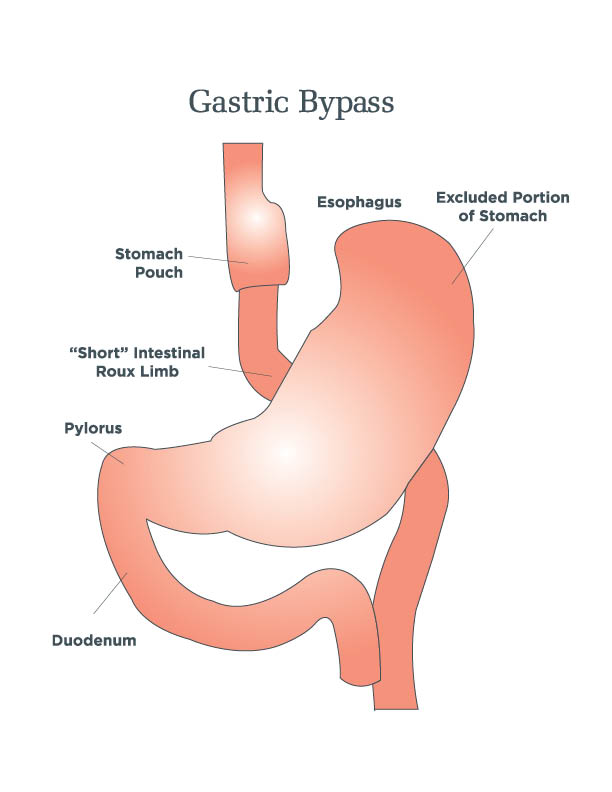
Setting goals is the first step to losing weight. Setting goals is key to success. It is important to set realistic goals. Remember that losing weight is not an overnight process. You must plan ahead, and ensure you have the right support and motivation. Once you have established a goal, create a list of achievable steps.
Set realistic goals
One of the first steps to losing weight is to set realistic goals. The amount of weight that you are trying to lose and the length of the plan should be the basis of your goals. You can set a long-term goal, such as losing 15 pounds (7 kilograms) within three months, and then break that goal into monthly goals. One short-term goal might be increasing your vegetable or fruit intake each daily.
It is important to set realistic goals so that you can see the results. Making small changes every day can help you see long-term results. For example, you could add one more vegetable or fruit into your daily food. If you can do this every day, you can see your progress and stay motivated.
Change your ways
A change is difficult and can take some time. You need to weigh the benefits and drawbacks of any change. Consider how you would feel if your lifestyle was changed. These changes will make it easier to control your energy, and your weight.

You can also keep a food log to help you track your current life. Make a point to write down everything you eat or drink. Be as honest as possible. This is a great way to identify patterns that can help you change your lifestyle. Try working out in the morning if you have a tendency to eat too much at night. If you exercise normally in the afternoon, consider doing it at night.
FAQ
Are there any side effects to intermittent fasting
Intermittent fasting does not have any known side effects. You might have minor problems if your plan is not well thought out.
If you skip breakfast, for example, you may feel constantly irritable. Also, you might experience dizziness, headaches, fatigue, muscle cramps, and dizziness.
These symptoms typically disappear in a matter of days.
How do I create an exercise routine?
The first step is to create a routine for yourself. You should know what you will do each week and how long. This helps you plan and prevents procrastination.
The second thing is to ensure that you have plenty of variety in your workout. Exercise shouldn't be boring. Otherwise, you'll lose motivation.
You also need to keep track of your progress. It's important to see how much weight you have lost or gained over time.
If you start off by losing weight, it's easy to lose motivation if you don't gain any additional weight. However, it's much harder to stay motivated when you gain too much weight.
Find a healthy balance between losing weight and gaining weight. You won't be able to exercise if your current weight is not comfortable.
Is there a difference between intermittent fasting, calorie restriction, and intermittent fasting?
Calorie restriction is a way to eat less than your body needs. Intermittent fasting is different because it doesn't involve restricting calories. Intermittent fasting focuses more on eating fewer calories every day.
Intermittent fasting works better because it allows for you to enjoy your favorite foods without feeling guilty.
However, both methods have their pros and cons. You have to decide which method you prefer.
Why would you want to lose weight before turning 40?
For people over 40, maintaining good health and fitness are essential. It is also crucial to find ways to keep fit throughout life. This includes regular exercise, eating well, not smoking, and drinking moderate alcohol.
It is also important that you understand that as we age, our bodies undergo changes. Our bones begin to weaken and our muscle mass begins to shrink. We can slow down the aging process by taking care of ourselves.
Being healthy and active as we age has many benefits. These include:
-
Better sleep
-
Improved moods
-
Increased energy levels
-
Lower risk for cancer
-
A longer life
-
More independence
-
Better sex
-
Improved memory
-
Better concentration
-
Improved circulation
-
Stronger immune system
-
There are fewer aches and pains
Statistics
- According to a study sponsored by the American Council on Exercise, a person weighing around 140 pounds (64 kg) would burn 108 calories at a 30-minute beginner's Pilates class or 168 calories at an advanced class of the same duration (26). (healthline.com)
- A 12-week study in 20 women with obesity found that walking for 50–70 minutes 3 times per week reduced body fat and waist circumference by an average of 1.5% and 1.1 inches (2.8 cm), respectively (healthline.com)
- Among women, the increase in metabolic rate was nearly 4%, or 50 more calories per day (14Trusted Source (healthline.com)
- It's estimated that half of all American adults attempt to lose weight every year (1Trusted (healthline.com)
External Links
How To
How to lose weight quickly
There are many options to lose weight quickly. Most people find these methods ineffective and not sustainable. It is best to exercise and lose weight quickly through diet. It is important to eat less calories than your body burns each day. This means eating fewer calories than what your body burns during normal activities. If you want to lose weight fast, you must reduce your calorie intake.
It is best to avoid foods high in fat or sugar, as these can increase your appetite. Drink plenty of water each day. This will keep you hydrated as well as your metabolism humming along. These three ingredients can be combined to produce faster results than you could ever imagine.